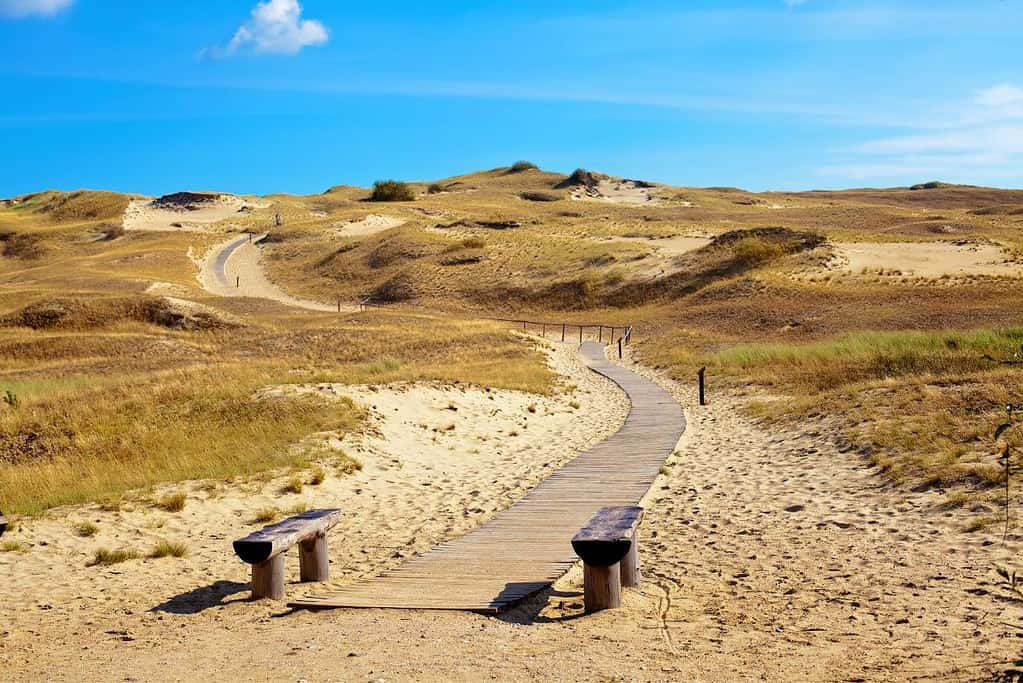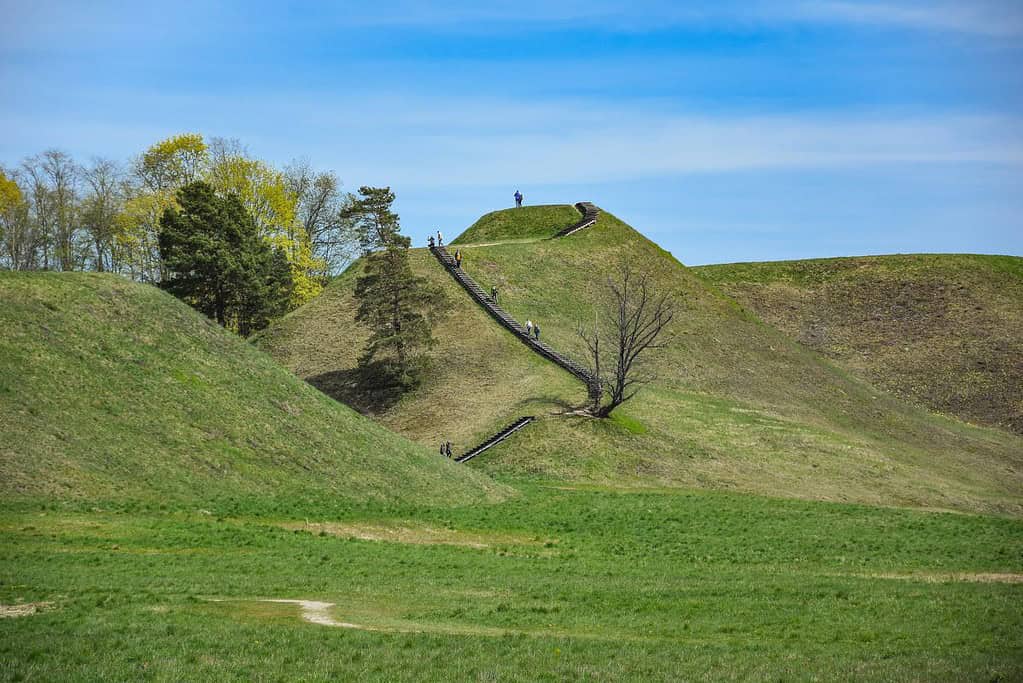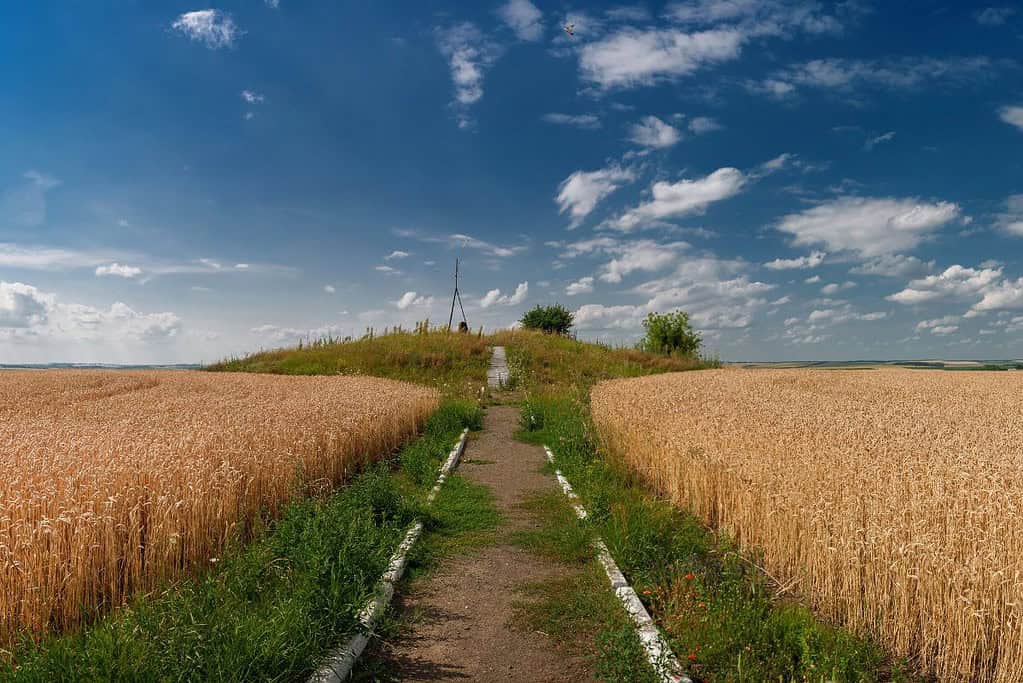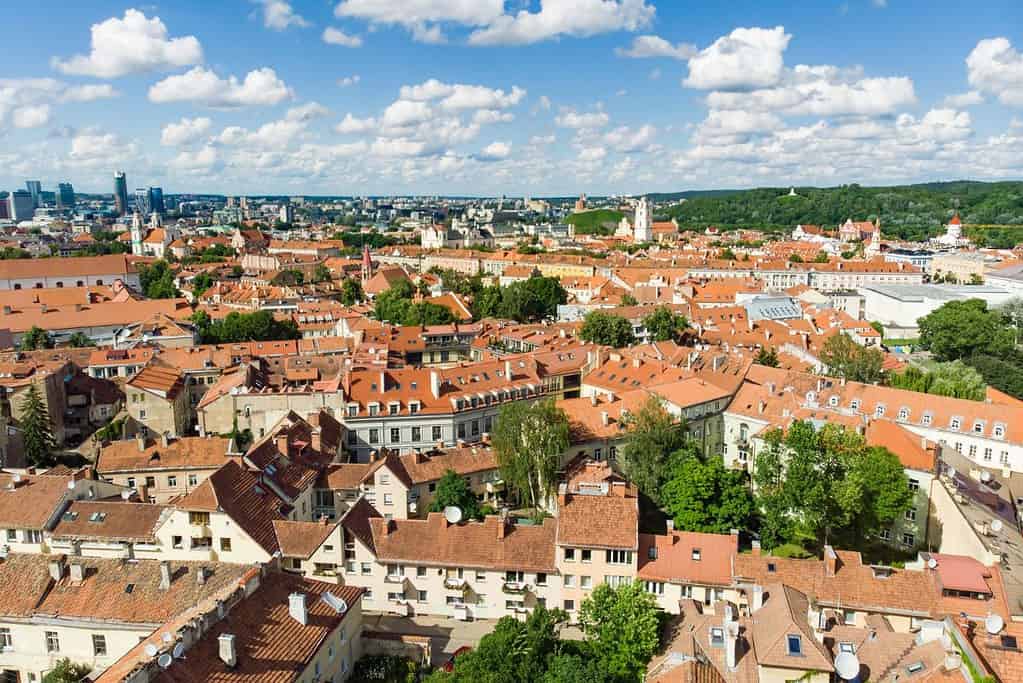Table of Contents
The UNESCO Sites in Lithuania have resulted from the recognition of 4 cultural and natural landmarks as UNESCO World Heritage Sites in Lithuania and 2 locations on the Lithuania UNESCO tentative list. These tourist sites in Lithuania are acknowledged for their unique and valuable cultural, natural, artistic, and historic significance and are preserved for future generations to enjoy.
In addition to these 4 sites in the Lithuania UNESCO list, there are many other places to travel to Lithuania that are being considered for UNESCO recognition. These sites, listed on the tentative list, showcase the rich cultural heritage of the country and are waiting for approval to join the prestigious and famous World Heritage Sites list.
To help visitors discover these remarkable Lithuania tourist attractions, we have put together an interactive map of the UNESCO sites in Lithuania.
Lithuania UNESCO Map
Click markers to show information and photo.
World Heritage Sites in Lithuania
UNESCO World Heritage Sites in Lithuania
There are 4 UNESCO World Heritage Sites in Lithuania. All of these three sites are listed under the Cultural category.
- Curonian Spit
- Kernavė Archaeological Site (Cultural Reserve of Kernavė)
- Struve Geodetic Arc
- Vilnius Historic Centre
UNESCO World Heritage Sites in Lithuania are protected locations for their cultural and natural importance.
Curonian Spit

The Curonian Spit is a UNESCO World Heritage Site in Lithuania and Russia. It is a unique and picturesque landscape consisting of a narrow strip of land that stretches approximately 98 kilometers along the Baltic Sea coast. The Spit is characterized by its impressive dunes, lush forests, and serene lagoons. It is an essential refuge for various plant and animal species, some of which are rare or endangered. The area is also rich in cultural heritage, with traditional fishing villages and distinct architectural styles. The Curonian Spit allows visitors to explore the stunning natural beauty and experience a harmonious coexistence between nature and human settlements.
Kernavė Archaeological Site (Cultural Reserve of Kernavė)

Kernavė Archaeological Site, also known as the Cultural Reserve of Kernavė, is a UNESCO World Heritage Site located in Lithuania. This remarkable site holds immense historical and cultural significance as it showcases the remains of an ancient medieval settlement and a series of hill forts dating back to the 13th century. Nestled amidst picturesque landscapes, Kernavė Archaeological Site offers a fascinating glimpse into the region’s rich heritage, with its well-preserved remnants of fortifications, dwellings, and other archaeological treasures. The site serves as a testament to the strategic importance of Kernavė in the past. It provides visitors with a unique opportunity to explore the remnants of this once-thriving medieval center.
Struve Geodetic Arc

The Struve Geodetic Arc in Lithuania is a UNESCO World Heritage Site with great historical and scientific significance. This arc is a chain of survey triangulations stretching over 2,820 kilometers across ten countries, including Lithuania. It was established in the 19th century by Friedrich Georg Wilhelm von Struve and a team of scientists to measure the Earth’s shape and size accurately. The Struve Geodetic Arc in Lithuania includes several measurement points marked by stone pillars scattered across the country’s diverse landscapes. These points serve as a testament to the pioneering work in geodesy and contribute to our understanding of Earth’s shape and dimensions.
Vilnius Historic Centre

The Vilnius Historical Centre is a UNESCO World Heritage Site located in the capital city of Lithuania. It is renowned for its well-preserved medieval architecture and rich cultural heritage. The historic center features a labyrinth of narrow cobblestone streets, charming squares, and splendid Gothic, Renaissance, and Baroque buildings. The iconic Vilnius Cathedral and Gediminas Castle Tower are prominent landmarks within the area. Visitors can explore the vibrant Old Town, home to numerous churches, museums, and lively cafes. The Vilnius Historic Centre is a testament to the city’s fascinating history and a captivating destination for travelers seeking a glimpse into Lithuania’s past.
Lithuania UNESCO tentative list
- Trakai Historical National Park
- Kaunas 1919-1939: The Capital Inspired by the Modern Movement
Tours in Lithuania
Our choices of tours in Lithuania are divided into thematic features such as Vilnius, Trakai, and Kaunas Experience.
